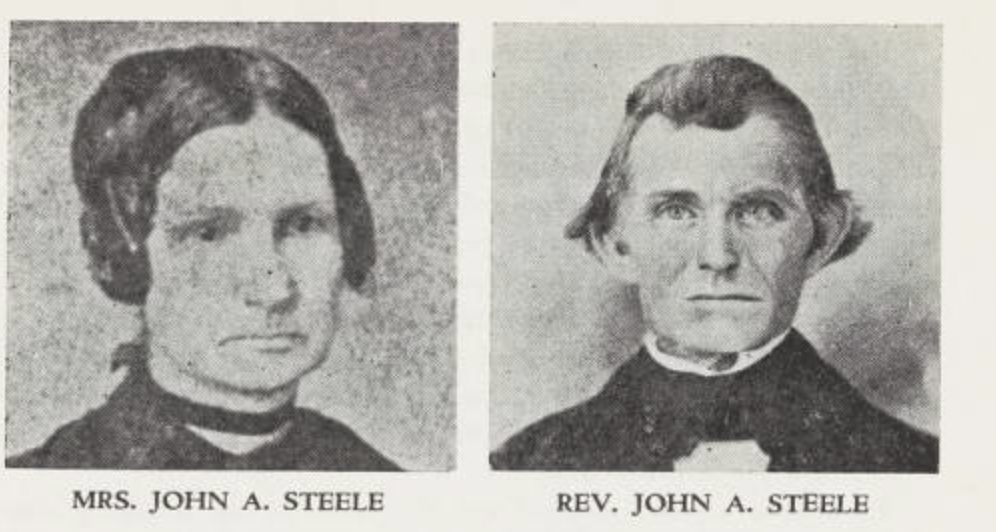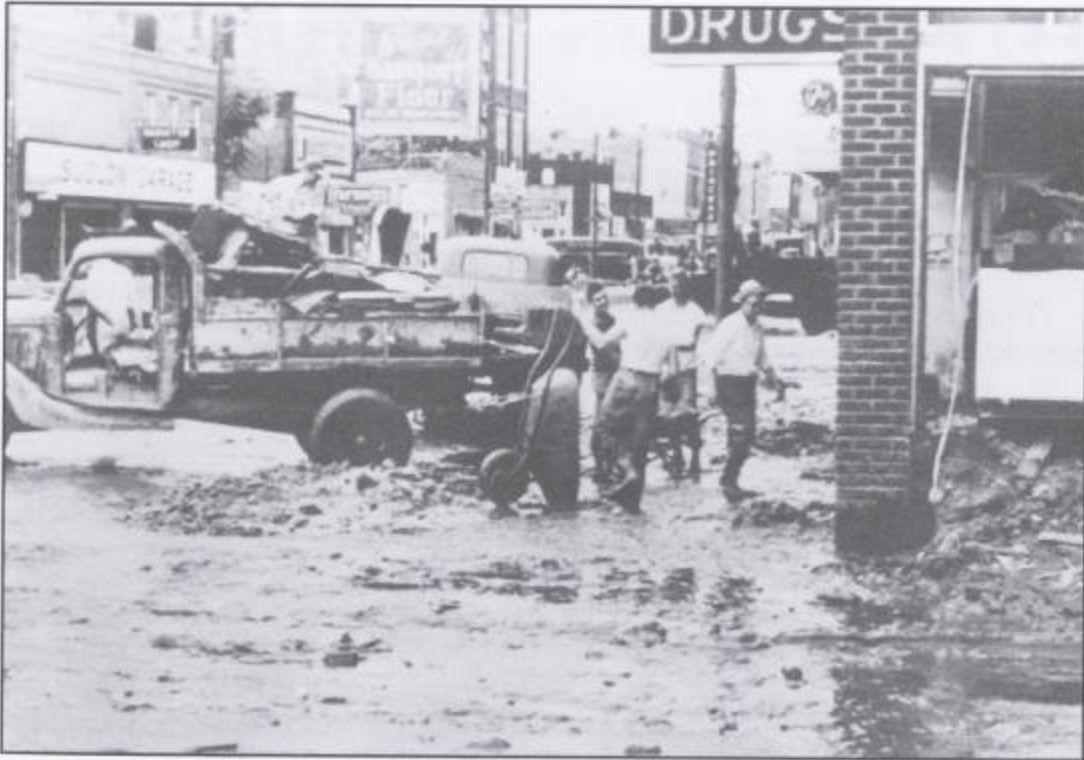Uncover personal stories from our community's past
Content
Think back to when you were 8 or 9 years old. Now imagine coming from Illinois to Kansas, first to Atchison on a steam train, then from Atchison to Topeka in horse-drawn buggy. Open prairie is all around you with no trees and very few buildings. This is the story told in When we came to Kansas, Matilda Steele McFarland's personal narrative about coming to Topeka with her parents as a young girl in 1860. You can find it in the Shawnee County Historical Society Bulletin, no. 35, pages 38-44.

Parents of Matilda Steele McFarland
Personal narratives are people describing their own life experiences, a type of autobiography. These narratives do two things I particularly like. First, they give a picture of what day-to-day life was like for regular people in the past. Most history covers only what was considered important enough to be published in a newspaper at the time.
Second, the narratives give my imagination a giant boost. Matilda Steele McFarland's writing paints a picture of what the land looked like and how travel felt. I can imagine what it would have felt like in that crowded stagecoach - squished in between the luggage, uncomfortable and dusty. She writes about terrible drought, successful farm seasons, and local violence before and during the Civil War. I remember what it was like to be 11 years old, but what would it be like to worry about raiders from Missouri or to have nothing to eat but potatoes all winter long? With Matilda Steele's help it's not so hard to imagine.
Here are a few more of my favorite narratives from the Bulletin.
Told by a pioneer by John Speer
Many of the earliest stories about Topeka are fairly hair-raising. If you know anything about local history already, you probably know there was violence in this area before and during the Civil War. This narrative describes John Speer's experience sharing an inn with pro-slavery men in what is now Johnson County. He also talks about politics in Topeka's early history.
I had especial good reason to remember Colonel Holliday and Guilford Dudley, who afterward were for me and did much to nominate me as state printer under the Topeka constitution, and if they ever did me anything but good turns I never found them out. And "thereby hangs a tale"; and we will tell the story, and quit.
When Miss Bell arrived by Alice Van Petten Lyon
Not all of the personal narratives are about life-or-death topics. This one is about life before ready-to-wear clothing. A dressmaker or tailor would come to your house twice a year to make custom clothing.
When one wore a hat on the avenue by Lillian Barker
Fashion is also the subject of this article. Barker shares a brief description of department stores and fashion in downtown Topeka in the 1950s.
I remember particularly a very striking saleslady (her name was Marguerite) at either Crosbys or The Palace who wore beautiful, large chapeaux from her department.
 No fun at the Five and Dime by Vic Black
No fun at the Five and Dime by Vic Black
Perhaps Lillian Barker skipped going out in her hats during the aftermath of the flood of July 1951, which Vic Black describes on the 40th anniversary of the flood. The story includes photos of several feet of mud left after the water receded.
Ninety four articles in the Shawnee County Historical Society Bulletins contain these self-told stories about life and events in Topeka and Shawnee County. They're located under the category "Subject" on the left hand side of the collection page, under "personal narratives." Browse them for yourself anytime you desire to mentally transport yourself to earlier days of Topeka and Shawnee County.













